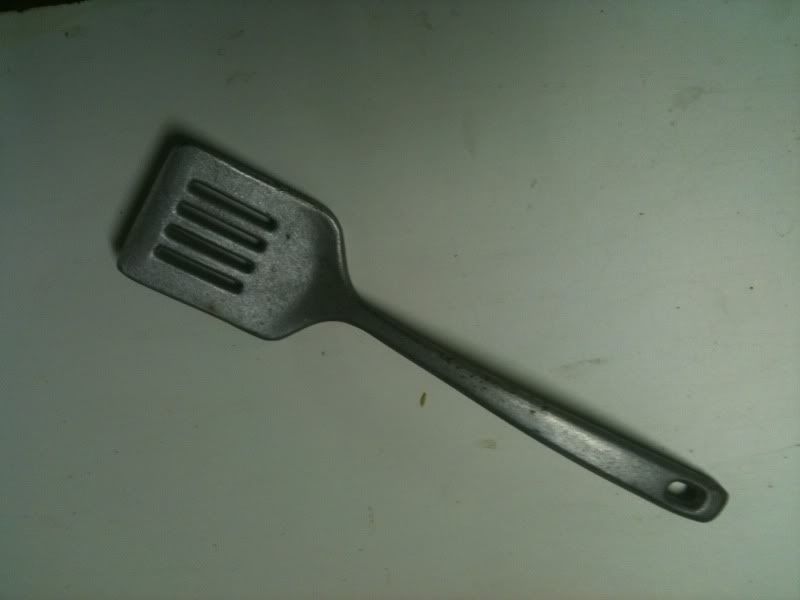Hi ShedBoy
Moulding sand (green sand, since you've already said you have bentonite) is always a compromise ;
It has to be open enough to let the steam out but fine enough to give a smooth surface.
It is best to avoid river sand that contains small rounded grains for two reasons.
1. small river pebbles can retain moisture and could shatter due to thermal shock of liquid metal flowing over it.
2. the bond will tend to be poor due to grains slipping one past another - sharp silica sand is much better.
In the extremely unlikely event you can't get sharp silica sand there are some alternatives that work very well.
1. extremely fine blue stone (railway ballast) crusher dust
2. fresh granular volcanic ash.
About a decade ago, I set up a small foundry on Tanna Island Vanuatu, for the locals to manufacture there own cooking hardware
In some of the pacific Islands of Vanuatu, believe it or not, there is no sand to be found any where, the beaches are actually made of broken up coral and not very suitable for casting. The spatula below is one I bought back with me, It was cast in ash from Mt Yasu volcano. along with every thing else made in that foundry.
The point is this - I doesn't really matter too much what type of sand you use, providing,
It Bonds well, (With appropriate bonding agent e.g. bentonite)
it Breaths well (adequate permeability to prevent steam holes in your castings) and
it Behaves well ( i.e. doesn't retain water in the particles or break down with thermal shock)
Best thing to do is try it out.
Study carefully foundry safety and commit to following it. (I follow a list of foundry safety rules let me know if you want a copy.)
Make a mold and vent it well - if it holds up OK, pulling the patterns out then get well protected with PPE and pour it.
What comes out of the mould will often tell you exactly what you did wrong.
Good luck and keep learning
Bez





